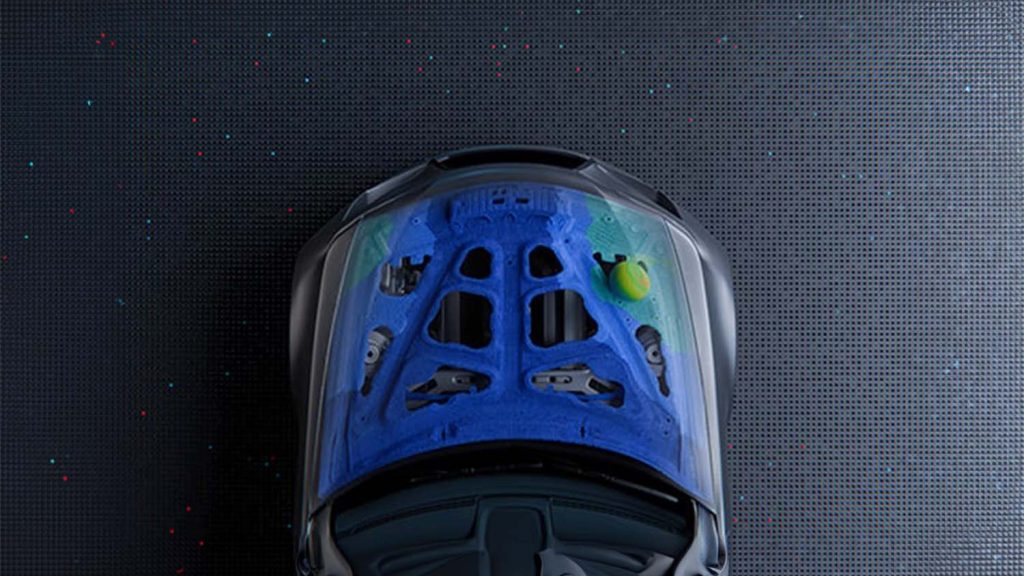Altair says that its launch of HyperWorks 2024 sees ‘significant advancements’ in AI-powered engineering for mechanical and electronics systems design, accelerating design exploration and iteration with generative design capabilities in Altair HyperMesh.
The focus for HyperWorks 2024 is on driving innovation, benefiting from dramatically faster training times and enhanced AI-powered capabilities. Users can train physics AI models with a single click on Altair Drive using scalable HPC and cloud resources of Altair One.
The new release also offers the ability to rapidly predict part behaviour with generative design in Altair Inspire to maximise efficiency in both design and manufacturing while ensuring top performance.
With support for Python and C++, Altair HyperWorks offers integration with over 250 CAD systems, solvers, and file formats, removing interoperability bottlenecks while giving engineers the options to customise the platform and automate repetitive tasks with custom plugins, the integration of other tools, and access a vast support network through the Python community.
Altair says that in HyperWorks 2024 it integrates digital twins and digital threads to create a digital engineering ecosystem, providing one source of truth that ensures engineers have access to the most accurate real-time data and models. The latest updates to Altair Twin Activate enhance model accuracy and include customisation and integration improvements that expedite the transition from concept to reality.
Additionally, Altair Material Data Center augments the design process by offering more than 72,000 high-fidelity, CAE-ready material datasets, for material exploration throughout the product development life cycle with one traceable digital thread.
For electronics design, the Ultra Librarian integration helps model accurate 3D printed circuit board (PCB). Users can predict and enhance PCB lifespan with fatigue life simulations, analyse electric motors using advanced multiphysics analysis, and simulate diverse materials to understand fluid flow dynamics.
Meshless ECAD simulation with Altair SimSolid, allows the transition from ECAD to simulation, optimising the analysis of complex PCB and integrated circuit (IC) models without the need for traditional meshing or design simplifications.
Altair Inspire lets users take a sketch, and build or edit geometries with parametric B-Rep solids, polyNURBS, facets, and implicit modelling. It features analysis tools for structural, fluid dynamics, and motion studies, complemented by designer-friendly computational physics for detailed analysis across various manufacturing processes.
Inspire also integrates powerful technologies like generative design, meshless simulation, and physicsAI for rapid behaviour prediction, maximising design and manufacturing efficiency.
“Altair HyperWorks 2024 is the only platform offering a unified, modern user experience across any geometry, physics, and complexity and at every stage of the product development life cycle from design to in-service,” said Altair CEO James R. Scapa.
“With AI-embedded workflows, game-changing photorealistic graphics, and a unified back-end data system, Altair HyperWorks is the foundation upon which many of the world’s most innovative digital engineering practices are being built.”






